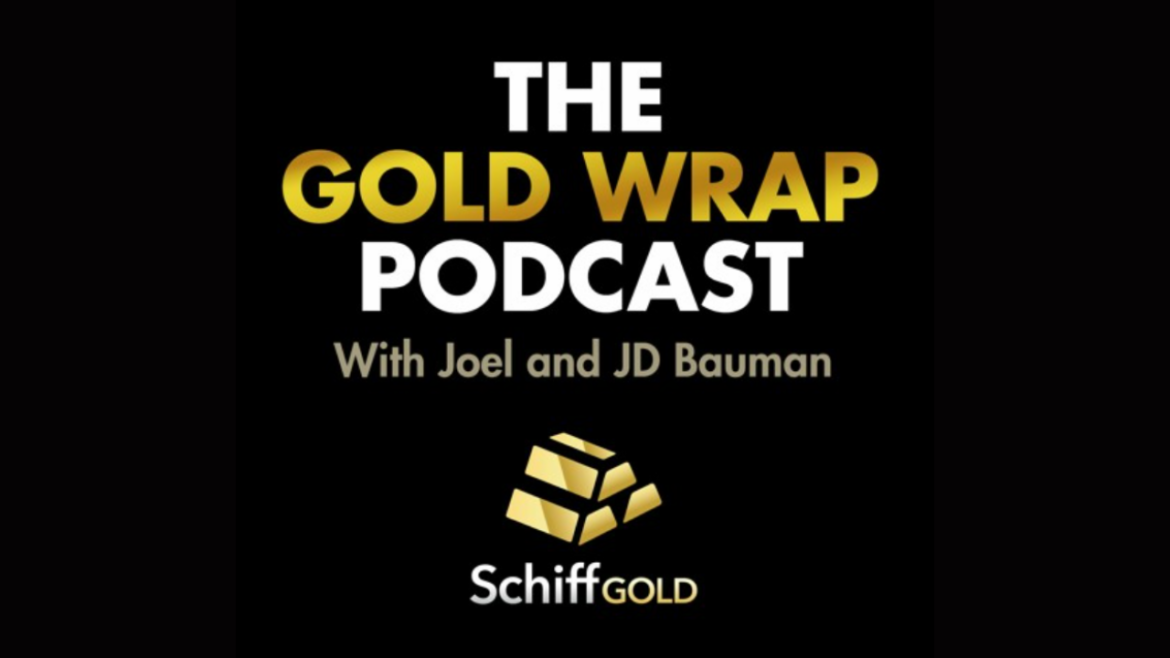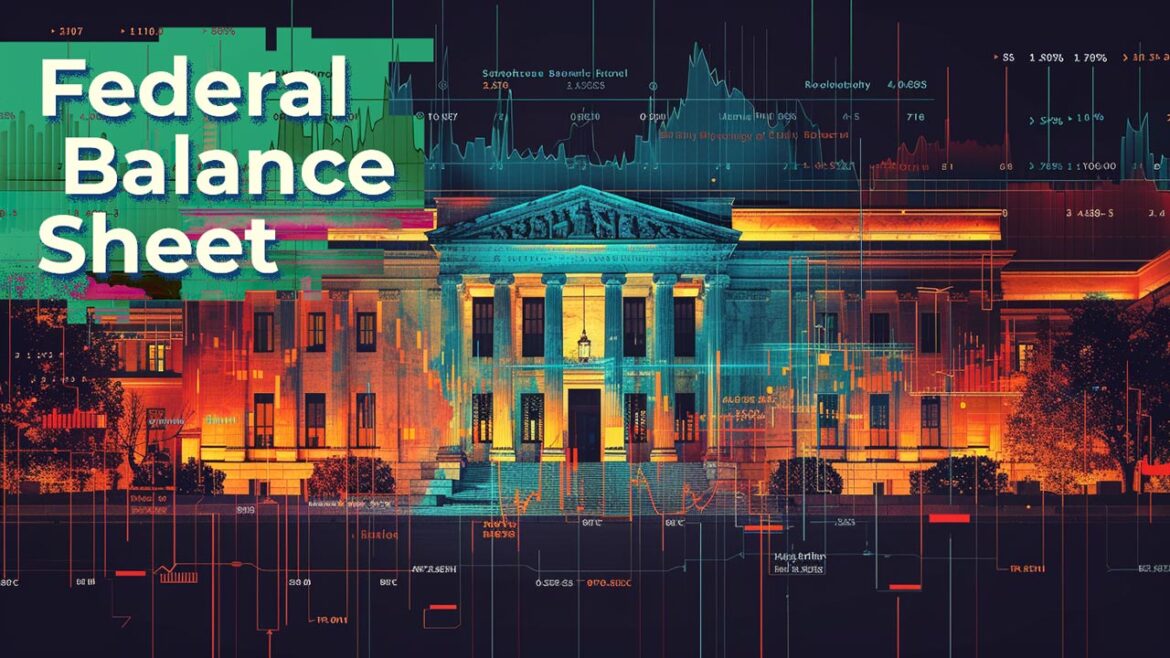Gold has all the potential to go unprecedentedly high. But silver will be gold on
Site:
Precious metals news
Gold prices on Friday are challenging record price setting levels with the prior closing price high of $2,078.20 an ounce.
Oil prices climbed past $80 a barrel, continuing their upward momentum as breaking this significant threshold spurred further purchasing. West Texas Intermediate (WTI) experienced a notable increase, rising up to 3.3% and hitting its highest intraday prices since November. This uptick is reflected in crude's time spreads—a measure of market conditions—showing a sharp rise this week, indicating a tightening in supply and demand. The rally underscores the current market dynamics, where supply constraints and increasing demand are pushing prices higher.
Mar 1, 2024 - 11:20:52 PST
In 2024, global silver demand is anticipated to surge to 1.2 billion ounces, propelled by robust industrial consumption. This forecasted figure would mark the second-highest demand level in history and set a new record for annual industrial use. This projection is based on insights from the Silver Institute and the precious metals consultancy, Metals Focus. The significant increase underscores the growing industrial applications of silver and reflects optimism about its future market dynamics.
2023 was a remarkable year for gold, with its price peaking at a record high of $2,078 per ounce and closing the year with a notable 14% year-over-year gain. Despite these achievements, investors approach 2024 with caution. Their wariness was primarily due to anticipation of the US Federal Reserve's monetary policy direction. Following the Fed's decision to maintain interest rates and indicate no cuts until at least March, a sense of stability returned to the market. This stance from the Fed suggests that gold prices may soften in the early half of the year. Nonetheless, geopolitical tensions are expected to sustain a minimum price level for gold, preventing any significant declines.
JD and Joel discuss Peter's take on the recent bitcoin craze driven by ETF demand. Is there a limit to Bitcoin's upside? Plus, what's driving higher gold prices this week?
Mar 1, 2024 - 08:55:51 PST
The gold market has experienced a slight rally, showing signs of strength, especially in the early hours of Friday. The focal point for traders is the resistance zone between $2,060 and $2,075, which has historically been a critical barrier. A breakthrough above the $2,075 mark could potentially trigger a Fear of Missing Out (FOMO) trade, catapulting the gold market into a significant rally. However, achieving this breakthrough will require considerable momentum. Factors such as the performance of the US dollar and shifts in US interest rates are pivotal to gold's price movement.
 Despite High Inflation Reports, Fed's Barkin Eyes Future Rate Normalization with Caution
Despite High Inflation Reports, Fed's Barkin Eyes Future Rate Normalization with CautionMar 1, 2024 - 08:40:53 PST
Richmond Federal Reserve President Thomas Barkin expressed in a CNBC interview that it's premature to forecast when the Federal Reserve might start reducing its benchmark interest rate, citing ongoing wage and inflation pressures within the U.S. economy. Despite a recent high inflation report, Barkin remains optimistic about inflation eventually subsiding, which would justify normalizing interest rates. However, he noted a divergence in inflation trends, with goods inflation showing signs of settling, whereas services inflation remains stubbornly high. This insight underscores the complexity of the current economic landscape, where varying sectors exhibit different inflation dynamics, making the path to interest rate normalization contingent on broader inflationary trends easing.
New York Community Bancorp (NYCB) is facing renewed turmoil as it announced the departure of its CEO Thomas Cangemi, revealed significant weaknesses in its internal controls, and reported a massive increase in its fourth-quarter loss, which skyrocketed to $2.7 billion. These developments have severely impacted NYCB's stock, which plummeted 28% at the opening of the market on Friday, reaching its lowest point since 1996. This series of unfortunate events underscores the challenges the commercial real estate lender is grappling with, shaking investor confidence and highlighting the financial instability within the institution.
Loretta Mester, President of the Federal Reserve Bank of Cleveland, acknowledged in a Yahoo Finance interview that recent inflation data indicates the Federal Reserve still has significant efforts ahead to mitigate price pressures. Despite this, Mester remains optimistic about the Fed's ability to achieve its 2% inflation target over time and anticipates the Federal Reserve will lower interest rates three times this year. The latest data reveals a 0.4% increase in the Fed's preferred inflation measure in January, marking the quickest rise since early 2023. This uptick suggests that the cooling of inflation might not proceed as rapidly as last year, attributed to earlier improvements in supply chains and workforce expansion.
 Persistent Inflation Challenges Eurozone, Core Prices Higher Than Anticipated
Persistent Inflation Challenges Eurozone, Core Prices Higher Than AnticipatedMar 1, 2024 - 07:44:37 PST
Inflation in the Eurozone slightly cooled to 2.6% in February, yet it remained above economists' expectations, signaling a persistent inflationary pressure within the economy. Despite anticipations of a decline, core inflation, which excludes volatile items such as energy, food, alcohol, and tobacco, also exceeded forecasts at 3.1%. Notably, food, alcohol, and tobacco prices led with a 4% inflation rate, closely followed by services at 3.9%. Meanwhile, energy prices continued their downward trend, albeit at a slower pace, influenced by the ongoing geopolitical tensions stemming from Russia's invasion of Ukraine.
The following analysis breaks down the Fed balance sheet in detail. It shows different parts of the balance sheet and how those amounts have changed. It also shows historical interest rate trends. The analysis concludes that the resulting lack of Treasury demand is likely another reason Yellen is betting $2T on lower interest rates… she has to focus on the short-term of the curve to make sure the market can absorb the debt!
 THE SMOKE & MIRRORS BEHIND THE MAJOR NVIDIA STOCK BUBBLE CONTINUES: Excellent Analysis By Nobody Special Finance
THE SMOKE & MIRRORS BEHIND THE MAJOR NVIDIA STOCK BUBBLE CONTINUES: Excellent Analysis By Nobody Special FinanceMarch 1, 2024
The situation couldn't get more bizarre at Nvidia when it released its results last week. While the company reported record Q4 2023 earnings, there are some troubling signs behind the revenues that provided the profits. This is only part of a series of very strange financial chip purchases with Nvidia....
The S&P 500 and Nasdaq Composite surged to record highs in February, marking the best performance for the month in almost ten years. This rally was buoyed by investor reactions to a critical inflation report, signaling robust confidence in the market. The Nasdaq Composite experienced a significant upturn of 0.9% to close at 16,091.92, achieving its highest record close since November 2021. Concurrently, the S&P 500 advanced by 0.5%, reaching a new peak at 5,095.88. The Dow Jones Industrial Average also saw gains, albeit modest, increasing by 0.1%. This remarkable February performance for both the Nasdaq and S&P 500 was their most impressive since 2015, reflecting a positive investor sentiment amidst economic indicators.
Feb 29, 2024 - 13:40:15 PST
Gold consumption over the extended Chinese New Year holiday in 2024 demonstrated a strong market appetite, reflecting a positive start to the year. Despite a vibrant start, expectations for the year suggest a more tempered outlook for gold jewelry demand, anticipated to grow but at a slower rate compared to 2023, owing primarily to a slowdown in economic expansion. Meanwhile, sales of bars and coins are expected to remain robust, although they may not achieve the remarkable growth seen in 2023.
Feb 29, 2024 - 13:36:02 PST
Gold consumption over the extended Chinese New Year holiday in 2024 demonstrated a strong market appetite, reflecting a positive start to the year. Despite a vibrant start, expectations for the year suggest a more tempered outlook for gold jewelry demand, anticipated to grow but at a slower rate compared to 2023, owing primarily to a slowdown in economic expansion. Meanwhile, sales of bars and coins are expected to remain robust, although they may not achieve the remarkable growth seen in 2023.
 Hoenig Cautions Against Expecting Three Rate Cuts Amid Economic Resilience
Hoenig Cautions Against Expecting Three Rate Cuts Amid Economic ResilienceFeb 29, 2024 - 13:21:40 PST
Former Federal Reserve President Thomas Hoenig expressed surprise at the prospect of the Federal Reserve cutting interest rates three times in 2024, considering the current economic landscape. Speaking on CNBC's "Squawk on the Street," Hoenig suggested that, based on the resilience of the economy, persistent inflation above 3%, strong consumer spending, and low unemployment rates, one or two rate cuts would be more probable than three. His comments reflect skepticism about the need for such aggressive monetary policy easing given the economy's enduring strength.
 Thursday's PCE Price Index Release to Shine a Spotlight on Inflation Trends
Thursday's PCE Price Index Release to Shine a Spotlight on Inflation TrendsFeb 29, 2024 - 12:24:02 PST
On Thursday, the Commerce Department is set to release the January figures for the personal consumption expenditures (PCE) price index, which is highly regarded by the Federal Reserve as a key measure of inflation. Economists surveyed by Dow Jones anticipate a monthly increase of 0.3% and a year-over-year rise of 2.4%. This upcoming release is drawing significant attention due to its potential implications for Federal Reserve policy decisions. Economist Mark Zandi has expressed concern that if the Federal Reserve maintains its current stringent economic policies, it could significantly risk the ongoing economic expansion. This report, often overlooked in the past, is now in the spotlight as investors and policymakers alike assess its impact on future monetary policy.
The longstanding dominance of the US dollar in global markets is being challenged by the rising prominence of the Chinese Yuan. For years, the dollar's status as the world's reserve currency made it a cornerstone of international finance, but recent trends towards de-dollarization, spurred by high inflation and geopolitical tensions, have begun to erode its stability and prestige. In this climate, China is aggressively promoting the Yuan, positioning it as a formidable contender capable of reshaping global financial dynamics. This shift reflects broader changes in the economic landscape, where the potential for a new leading currency emerges amidst the complexities of international relations and economic policies.
The collapse of Chinese real estate giant Evergrande is being called, by some, China’s “Lehman Moment.” Whether or not it will be enough to trigger a cratering of China’s broader economy, it’s a massive reality check for a country that has transformed itself over the decades with unprecedentedly massive urbanization and economic growth. Evergrande, since its creation in 1996, has been at the forefront of that rise.
 Inverted Yield Curve Signals Caution, But Economic Strength Defies Predictions
Inverted Yield Curve Signals Caution, But Economic Strength Defies PredictionsFeb 29, 2024 - 11:21:23 PST
For the past 16 months, one of Wall Street's most trusted indicators for predicting recessions, the inverted yield curve, has been signaling a potential economic downturn. This phenomenon occurs when the interest rates on short-term bonds exceed those of long-term bonds, traditionally seen as a harbinger of recession. However, despite this alarm, the actual economic performance has remained robust, leaving analysts puzzled over the apparent contradiction. DataTrek Research highlights that while the inverted yield curve is a critical component in forecasting economic slowdowns, it is not the sole factor. The absence of other key recession indicators means that the economy has yet to fulfill all the traditional criteria for a downturn, suggesting that while caution is warranted, a recession is not yet a foregone conclusion.




